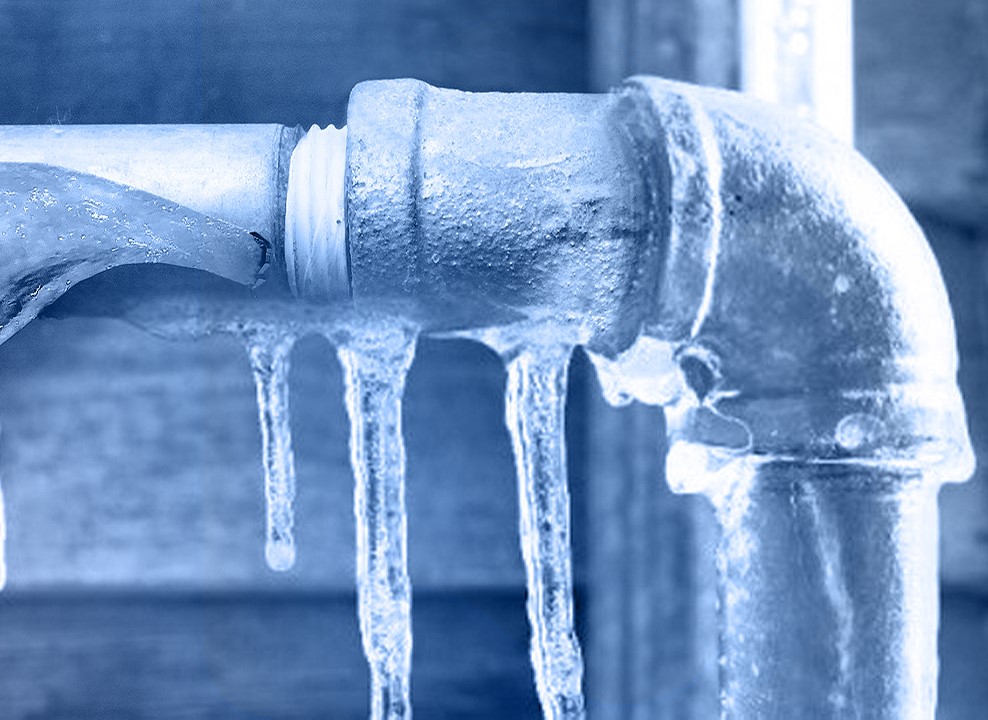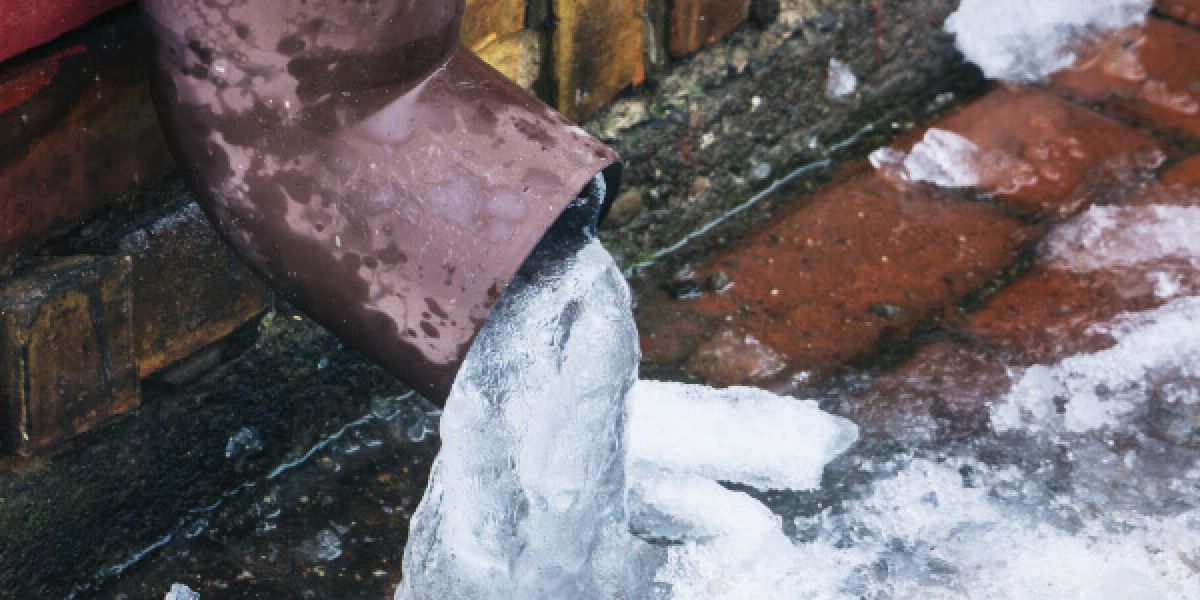Shielding Pipes from Cold Weather Issues: Critical Tips
Shielding Pipes from Cold Weather Issues: Critical Tips
Blog Article
What are your opinions with regards to How to Prevent Your Pipes From Freezing?

Cold weather can ruin your plumbing, specifically by freezing pipelines. Right here's exactly how to prevent it from occurring and what to do if it does.
Intro
As temperatures decline, the threat of frozen pipelines rises, possibly bring about pricey repairs and water damages. Comprehending just how to stop icy pipelines is essential for house owners in cool climates.
Avoidance Tips
Protecting susceptible pipelines
Wrap pipes in insulation sleeves or use warm tape to protect them from freezing temperatures. Concentrate on pipelines in unheated or outside areas of the home.
Heating methods
Keep interior areas adequately warmed, particularly locations with plumbing. Open up closet doors to enable cozy air to distribute around pipelines under sinks.
Exactly how to identify frozen pipes
Search for reduced water flow from taps, unusual smells or sounds from pipelines, and noticeable frost on exposed pipelines.
Long-Term Solutions
Architectural modifications
Take into consideration rerouting pipes away from exterior wall surfaces or unheated areas. Add extra insulation to attics, basements, and crawl spaces.
Upgrading insulation
Invest in top notch insulation for pipelines, attic rooms, and wall surfaces. Appropriate insulation assists preserve consistent temperature levels and reduces the threat of icy pipelines.
Shielding Exterior Plumbing
Yard pipes and exterior taps
Disconnect and drain pipes garden pipes prior to winter months. Install frost-proof faucets or cover outdoor faucets with protected caps.
Comprehending Frozen Pipelines
What creates pipelines to freeze?
Pipelines freeze when revealed to temperature levels below 32 ° F (0 ° C) for prolonged durations. As water inside the pipes ices up, it increases, taxing the pipeline wall surfaces and possibly creating them to rupture.
Dangers and problems
Frozen pipelines can cause water system interruptions, residential property damage, and expensive fixings. Burst pipelines can flooding homes and create considerable structural damages.
Signs of Frozen Piping
Determining frozen pipes early can stop them from rupturing.
What to Do If Your Pipes Freeze
Immediate actions to take
If you presume frozen pipes, maintain taps open to soothe stress as the ice thaws. Utilize a hairdryer or towels soaked in hot water to thaw pipes slowly.
Final thought
Preventing frozen pipelines needs proactive steps and fast reactions. By understanding the causes, signs, and preventive measures, home owners can safeguard their pipes throughout cold weather.
5 Ways to Prevent Frozen Pipes
Drain Outdoor Faucets and Disconnect Hoses
First, close the shut-off valve that controls the flow of water in the pipe to your outdoor faucet. Then, head outside to disconnect and drain your hose and open the outdoor faucet to allow the water to completely drain out of the line. Turn off the faucet when done. Finally, head back to the shut-off valve and drain the remaining water inside the pipe into a bucket or container. Additionally, if you have a home irrigation system, you should consider hiring an expert to clear the system of water each year.
Insulate Pipes
One of the best and most cost-effective methods for preventing frozen water pipes is to wrap your pipes with insulation. This is especially important for areas in your home that aren’t exposed to heat, such as an attic. We suggest using foam sleeves, which can typically be found at your local hardware store.
Keep Heat Running at 65
Your pipes are located inside your walls, and the temperature there is much colder than the rest of the house. To prevent your pipes from freezing, The Insurance Information Institute suggests that you keep your home heated to at least 65 degrees, even when traveling. You may want to invest in smart devices that can keep an eye on the temperature in your home while you’re away.
Leave Water Dripping
Moving water — even a small trickle — can prevent ice from forming inside your pipes. When freezing temps are imminent, start a drip of water from all faucets that serve exposed pipes. Leaving a few faucets running will also help relieve pressure inside the pipes and help prevent a rupture if the water inside freezes.
Open Cupboard Doors
Warm your kitchen and bathroom pipes by opening cupboards and vanities. You should also leave your interior doors ajar to help warm air circulate evenly throughout your home.

I found that review about How to prepare your home plumbing for winter weather while browsing on the search engines. So long as you liked our article kindly consider to share it. Thank-you for your time spent reading it.
Book A Service Call Report this page